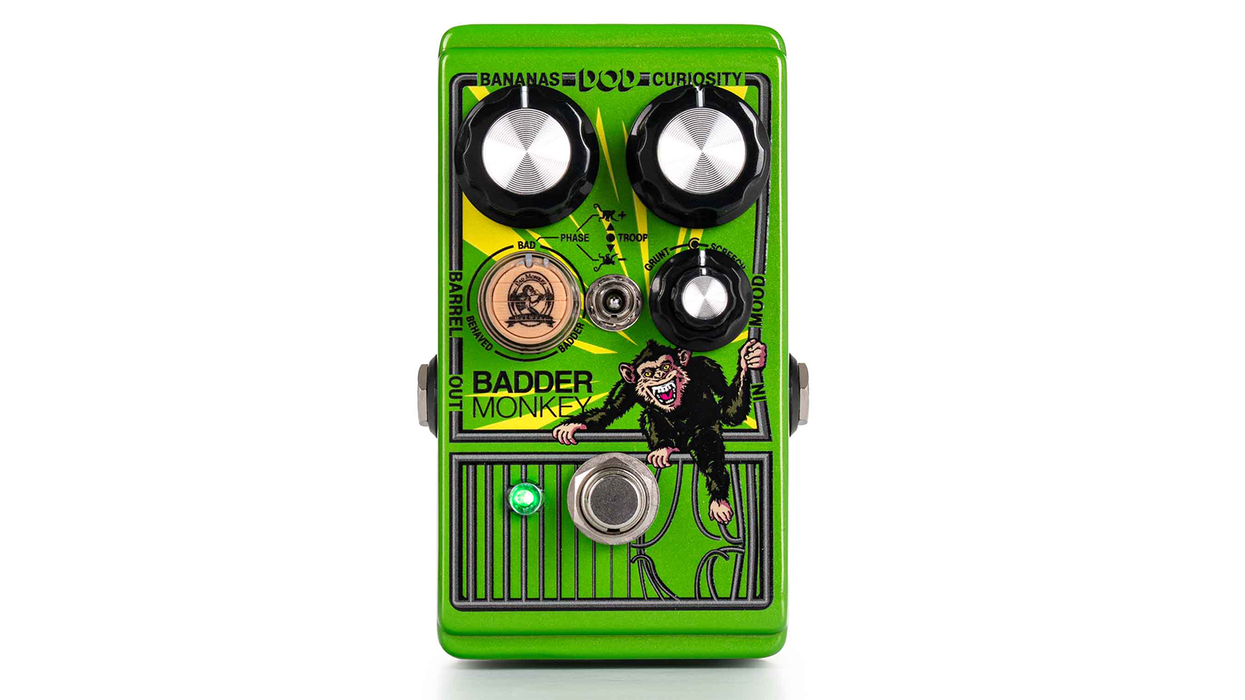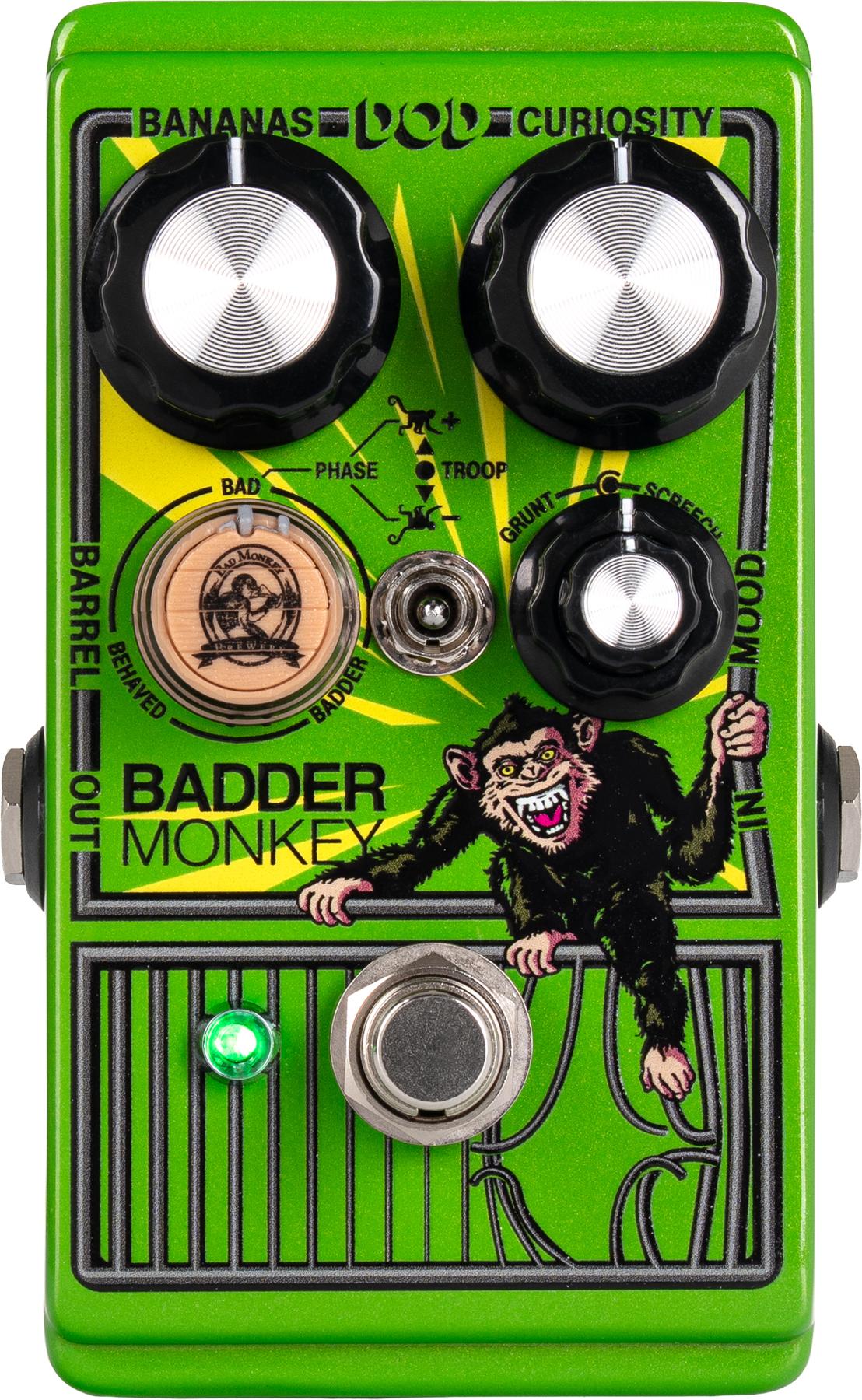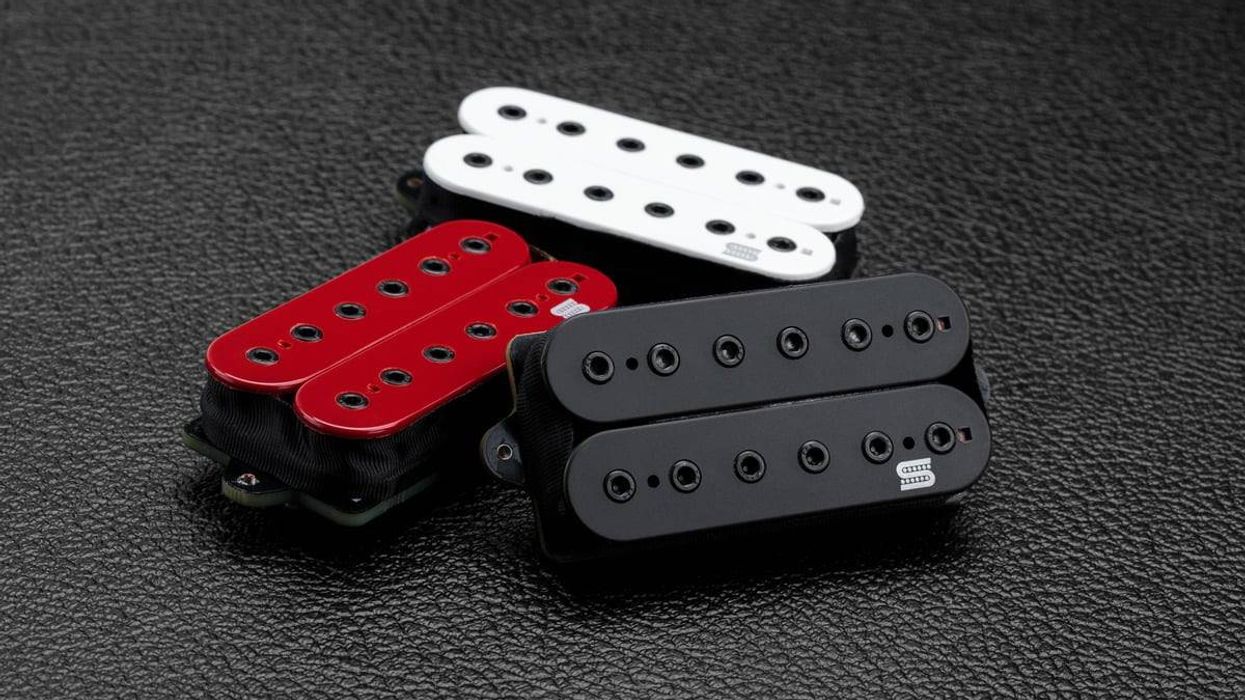It all kind of crept up on me – the little things that either my guys or I failed to do when tearing down after a show, like working around a problem instead of fixing it. Unless you are an obsessive compulsive when it comes to gear maintenance, you know what I mean. All of those little things recently piled up and culminated in a really bad night.
My favorite touring band was playing at a street dance and the sound check had gone off without a hitch. About halfway into the first set, however, things started to go wrong. The levels bounced around on the monitor mixes for the guitar and keyboard player and then the monitors for the horn players lost all the highs. I immediately started running back and forth between the amps and the mixing board, testing and fixing things, all the while trying to catch and mix all the solos and vocal lines in the song. I finally got everything back to working order, though I must have worked off at least ten pounds in the process!
Let’s see what went wrong, and how the problems can be fixed or avoided, hopefully sparing you (or your sound guy) all that pain.
Condensation
Whether we realize it or not, microscopic condensation forms on connections all year round. Sometimes it is very obvious, and is generally related to humidity, temperature and dew point, but often we don’t see any signs at all.
When my keyboard player complained about erratic monitor levels – his vocal would pop in and then fade out – I traced the signal path through each cable and gain control to find the source of the problem. I finally found that the vocals popped back in when I touched the XLR send connector. The quick fix is to spray it with contact cleaner or exercise the jack (plug it in and out repeatedly – with the amp off, of course). Since the connectors were 20 years old and gray from years of light corrosion, I opted to bring them to the shop and solder on a new connector after the show was over.
Bad cable ends
The monitor problem for the horn guys was a bit harder to pinpoint. It was an intermittent connection that decided to become permanently bad. I would touch or adjust something and it would work for a bit before going out again five minutes later. I checked the connections, changed out EQs, changed the send lines, and even checked the line voltage, all to no avail.
| The best thing you can do is spray all of your connector ends with a good quality contact cleaner and lube. |
Finally, I took a chance and replaced the monitor line speaker cable – buried in the bottom of a case – and the problem was solved instantly. Though my guys and I had just replaced more than 80 connectors two weeks earlier, we hadn’t replaced them on this particular rig, thus the arrival of problems.
To avoid this problem, first, don’t pull on cords. Try to keep your cables neat and orderly so they don’t end up looking like a pit of breeding snakes. Also, occasionally disassemble the case and physically check all connectors, then check them again with a meter or cable tester. If your cables are getting old, replace at least the connectors, if not the entire cable. Without this periodic maintenance, it will get you sooner or later.
Avoiding problems
The best thing you can do is spray all of your connector ends with a good quality contact cleaner and lube, which will protect the contact surfaces from deterioration. This is a simple thing you can do before the show while you are hooking everything up.
Keep your cables organized; try to put all of your snake ends in bags before putting them away. Crown Royal bags are great for this, and bars usually have a good supply that they’re happy to part with. It will keep them organized and protect them from the elements. If you happen to be tearing down in wet or very humid conditions, take your gear out later in the week to air out and dry off.
Treat your cables well. Every two years I spend nearly $500 just on replacement cable ends for my mike and speaker cables, along with all of the associated snakes and interconnect cables. So you can see that a little love can go a long way!
Keep it sounding good, and keep it fun – with a little prevention mixed in. Now where’s my soldering iron and DeoxIT spray?
Andy Anderson
Concert Sound
515-291-0464
www.concertsound.org
andent@lvcta.com






![Rig Rundown: Russian Circles’ Mike Sullivan [2025]](https://www.premierguitar.com/media-library/youtube.jpg?id=62303631&width=1245&height=700&quality=70&coordinates=0%2C0%2C0%2C0)

















